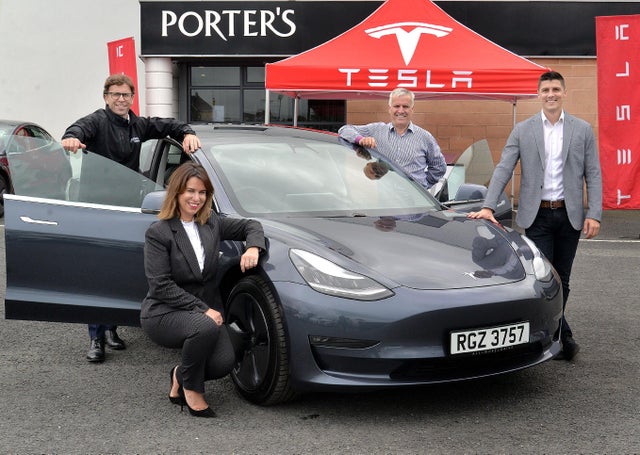Panasonic plans to boost the energy density of its “2170” battery cells it supplies to Tesla by 20% in five years and commercialize a cobalt-free version “in two to three years,” the head of its U.S. EV battery business said.
This is the first announcement by a Japanese company about their mid-term milestones in battery energy density and cell chemistry. Until now, Panasonic has always remained in the shadows in this regard. The main news in the dynamic battery market, demonstrated by this announcement, is that the often louder competition for new customer segments in the automotive industry creates no illusion for meeting needs. Panasonic is squeezing its full potential to maintain its leading position.
The company introduced "2170" nickel-cobalt-aluminum (NCA) cathode chemistry in 2017 for the Tesla Model 3. According to industry experts, these cells already have an extremely high energy density - over 700 watt-hours per liter. Panasonic says it has been developing the technology since its launch three years ago, resulting in an increase in specific energy of more than 5% and a reduction in cobalt content to at most 5%, its U.S. EV battery chief Yasuaki Takamoto told Reuters. Both are interim results that should now be rapidly scaled up in line with the goals mentioned above.

The value of cobalt-free batteries is clear:
- Panasonic will not depend on the expensive and critical element - cobalt, which is partially mined in Congo under difficult conditions.
- Due to the higher energy density, either longer ranges can be achieved or, alternatively, smaller and lighter batteries can be installed.
Tesla CEO Elon Musk has long said he wants to move to the zero-cobalt battery cell, so the industry will be seeking to follow suit.
From September, Panasonic will start converting lines at its factory in Nevada that it operates with Tesla as it prepares to further boost the energy density of the cells, Takamoto said.
To control safety risks associated with higher density and less cobalt, the company is adjusting the composition and design for better thermal stability, Takamoto said. He also noted there will be various battery requirements coming into play as EV usage diversifies.
Article edited by @SmokeyShorts, you can follow him on Twitter
Follow @EvaFoxU







